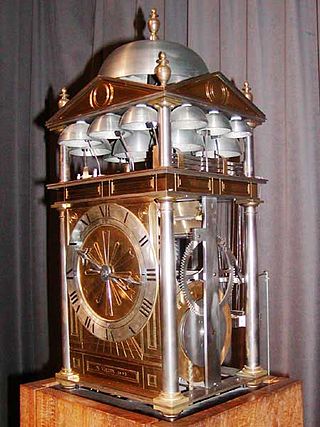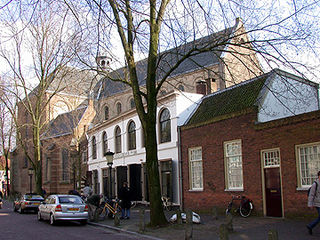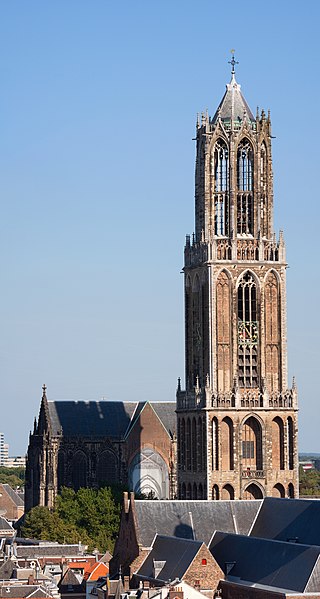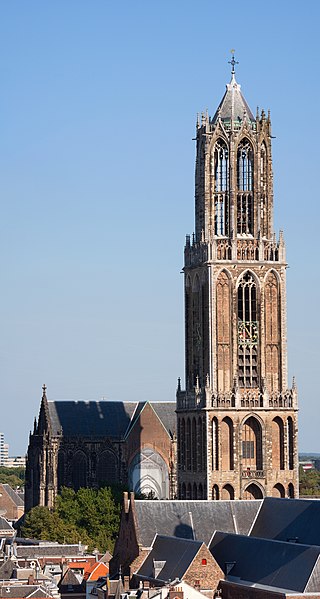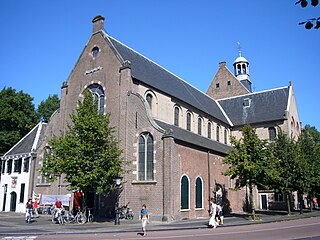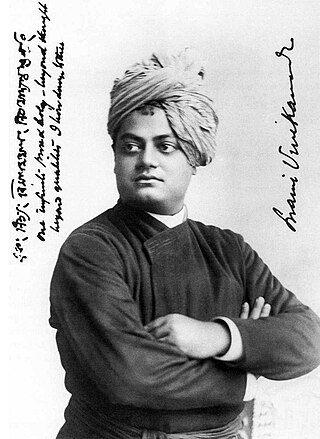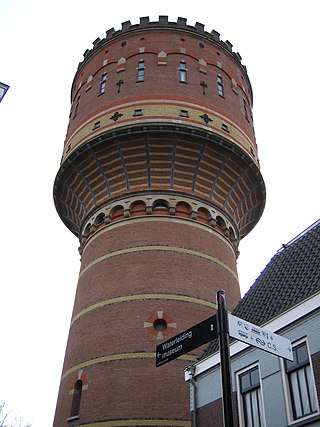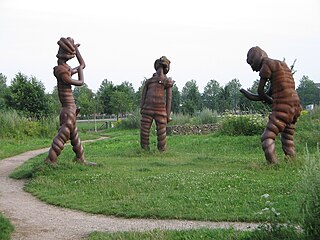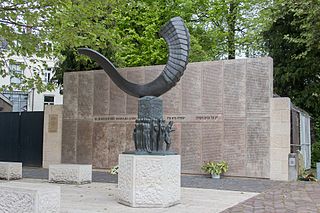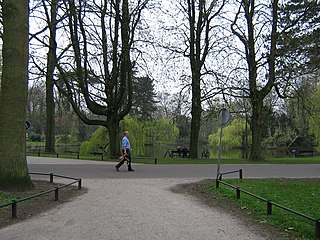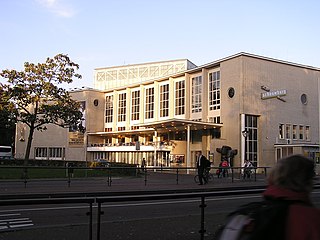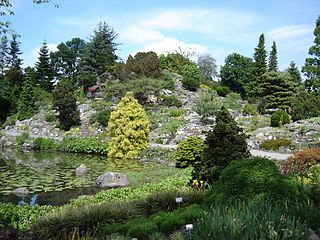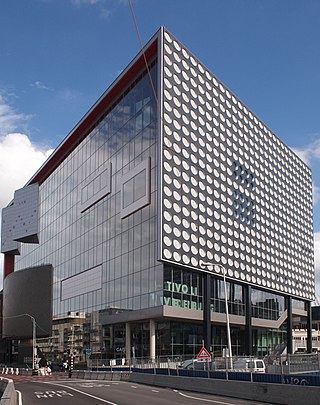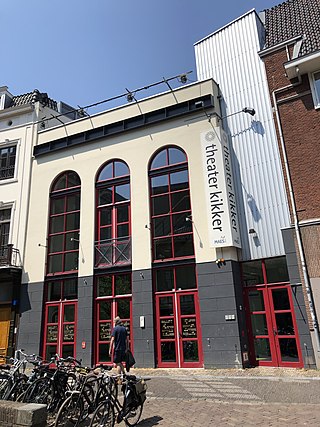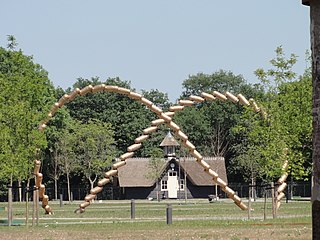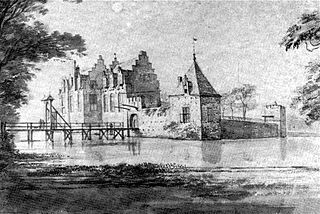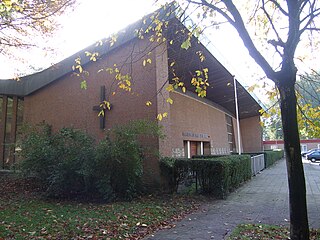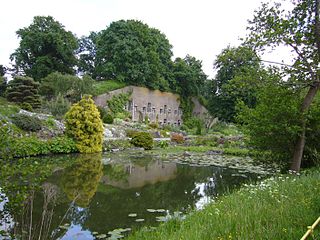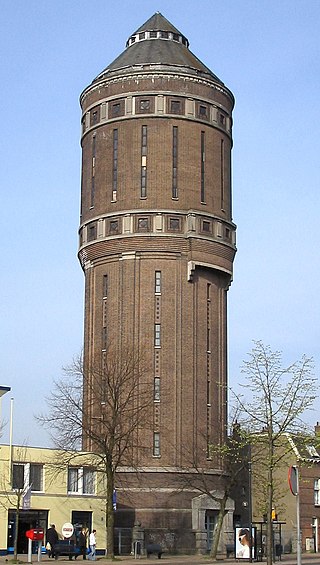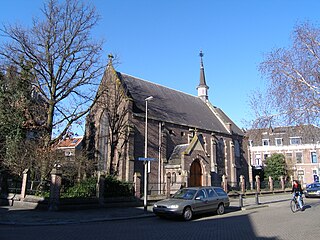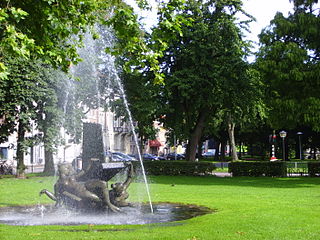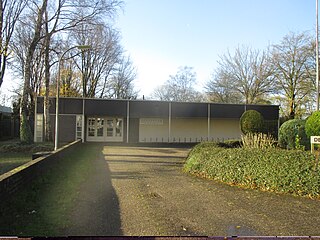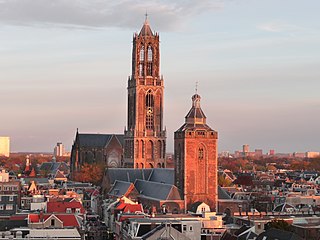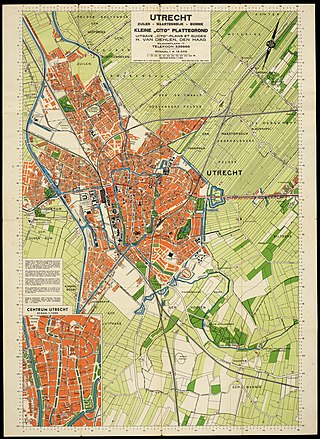29 Sights in Utrecht, Netherlands (with Map and Images)
Legend
Premium Sights
Book tickets, guided tours and activities in Utrecht.
Guided Free Walking Tours
Book free guided walking tours in Utrecht.
Welcome to your journey through the most beautiful sights in Utrecht, Netherlands! Whether you want to discover the city's historical treasures or experience its modern highlights, you'll find everything your heart desires here. Be inspired by our selection and plan your unforgettable adventure in Utrecht. Dive into the diversity of this fascinating city and discover everything it has to offer.
Sightseeing Tours in UtrechtActivities in UtrechtMuseum Speelklok is a museum in Utrecht, Netherlands, specializing in self-playing musical instruments. Since 1984, it has been housed in the centre of Utrecht in a former church called Buurkerk. Among the instruments on display are music boxes, musical clocks, pianolas, barrel organs and a turret clock with a carillon, most of which are still able to play for visitors. The word speelklok means musical clock.
St. Peter's Church is a Reformed and former Roman Catholic church in the city of Utrecht in the Netherlands, dedicated to Peter the Apostle. It is one of the city's oldest churches. Its construction began in 1039 and it was inaugurated on 1 May 1048 by Bernold, Bishop of Utrecht. The church was the eastern end of Utrecht's "Kerkenkruis", of which the Domkerk the centre is. Characteristic of the Romanesque style in which it is built are the church's large nave pillars, each hewn from one piece of red sandstone, and the crypt under the choir. The building is now used by the Walloon Church.
The Dom Tower of Utrecht is the tallest church tower in the Netherlands, at 112.32 metres (368,5 feet) in height. It is considered the symbol of Utrecht. The tower was part of St. Martin's Cathedral, also known as the Dom Church, and was built between 1321 and 1382, to a design by John of Hainaut. The cathedral was never fully completed due to lack of money. Since the unfinished nave collapsed in 1674, the Dom tower has been a freestanding tower. The tower stands at the spot where the city of Utrecht originated almost 2,000 years ago.
St. Martin's Cathedral, Utrecht, or Dom Church, is a Gothic church dedicated to Saint Martin of Tours, which was the cathedral of the Diocese of Utrecht during the Middle Ages. It is the country's only pre-Reformation cathedral, but has been a Protestant church since 1580.
The Janskerk is located on the Janskerkhof in the Dutch city of Utrecht. It was founded shortly after 1040 by Bishop Bernold and dedicated to John the Baptist. In the Middle Ages, it was one of the five collegiate churches of the city. Twenty canons were attached to the chapter of St. John. Connected to this was the provost.
6. Swami Vivekananda
Swami Vivekananda, born Narendranath Datta was an Indian Hindu monk, philosopher, author, religious teacher, and the chief disciple of the Indian mystic Ramakrishna. He was a key figure in the introduction of Vedanta and Yoga to the Western world. He is credited with raising interfaith awareness and bringing Hinduism to the status of a major world religion in the late nineteenth century.
7. watertoren Utrecht Lauwerhof
The water tower at the Lauwerhof in the city center of Utrecht is a water tower that dates from the end of the 19th century. It is a national monument. For more than 25 years, the Waterleidingmuseum was housed in this water tower.
8. Houtzaagmolen De Ster
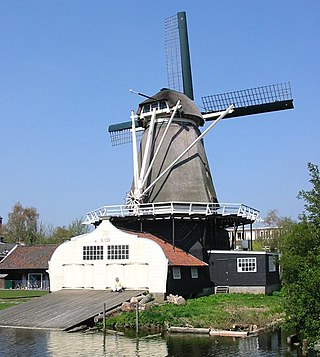
Sawmill de Ster is the center of the Molenerf de Ster, one of the few almost completely preserved sawmill yards in the Netherlands.Molenerf de Ster consists of the octagonal scaffolding (wind) mill with sawmill, the miller's house, two servants' houses and three wood-drying sheds. The top of the mill reaches up to 20 meters. The blades are another 9 meters above that. The Star can be seen from far around.
9. Griftpark
The Griftpark is a park in the Dutch city of Utrecht, located in the Noordoost district on the streets Blauwkapelseweg and Kleine Singel. The Biltsche Grift stream runs through the park, which gives the park its name.
10. Joods Monument Utrecht
The Jewish Monument in Utrecht is a memorial to the Jewish victims of the Second World War from Utrecht. More than 1600 people were deported in 1942 and 1943, only four hundred of them returned. Until 2015, Utrecht was the only major city in the Netherlands without a Jewish monument, other than the statue of Anne Frank on the Janskerkhof and a memorial stone on the Jewish cemetery. The monument was unveiled on October 29, 2015 by Mayor Jan van Zanen.
11. Wilhelminapark
Wilhelminapark is a city park in the Dutch city of Utrecht. It is one of the first parks in the Netherlands to be recognized as a national monument. The park is centrally located in Utrecht-Oost and east of Oudwijk. The surrounding neighborhood is called the Wilhelminaparkbuurt, while a street along the park is also called Wilhelminapark.
12. Stadsschouwburg Utrecht
The Stadsschouwburg is the largest theatre building in the Dutch city of Utrecht. It was designed in 1937 by the well-known architect Willem Dudok. The building is located on the Lucasbolwerk, on the edge of the city centre of Utrecht. The municipal theatre was opened on 3 September 1941 and housed the Esplanade restaurant at the time. The building was recognized as a national monument around 2009 after being nominated in 2007 on the Top 100 Dutch monuments 1940-1958.
13. Exbunker
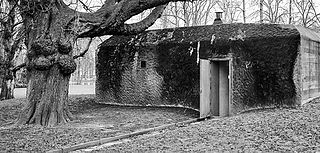
The bunker in the Wilhelminapark was built in 1943 as a bombproof German personnel bunker in the Wilhelminapark in Utrecht. After 1945, the bunker was mainly an obstacle. Because of its cultural-historical value, it has been a municipal monument since 2001 and has been used as an exhibition space by visual artists since 2014.
14. Botanische Tuinen
The Fort Hoofddijk Botanical Garden in Utrecht is a botanical garden of the Botanical Gardens of the Faculty of Science of Utrecht University. The garden is located on and around Fort Hoofddijk and houses the university's collection of living plants. The garden is located on the edge of the Utrecht Science Park university complex and covers an area of 8 hectares. By mid-2007, the collection had more than six thousand plant species.
15. TivoliVredenburg
The TivoliVredenburg is a contemporary music complex located in Utrecht, Netherlands. The venue consists of five halls designed acoustically for a specific music genre. Along with its hall, the venue also features an "amateur stage" and a cafe.
16. Theater Kikker
Theater Kikker is a theater on the Ganzenmarkt in the city center of Utrecht. The theatre has two halls in which a mixture of contemporary theatre and modern dance is performed. Kikker works a lot with volunteers.
17. Bullet
Ram Katzir is a Dutch/Israeli graphic artist and sculptor. In 1995 he graduated from the Rietveld Academy in Amsterdam, and worked for some time at the Cooper Union in New York. He works alternately in Amsterdam and Beijing.
18. Marekerk
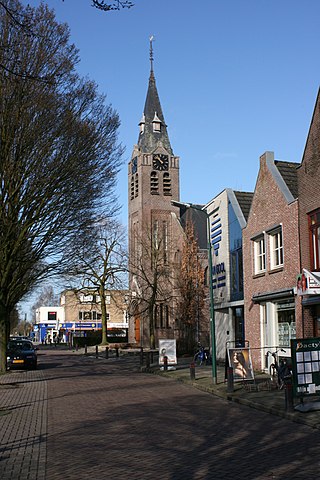
The Marekerk is a Protestant church building in De Meern and is one of the two church buildings of the Protestant Congregation Vleuten-De Meern. The other building is the Oude Willibrord or Torenplein church in Vleuten. The Marekerk was built in 1912-1913 as a church of the Dutch Reformed Congregation De Meern and was designed in Art Nouveau style by the relatively unknown architect J. van Dillewijn; he also designed the reformed church in Ankeveen.
19. Anne Frank
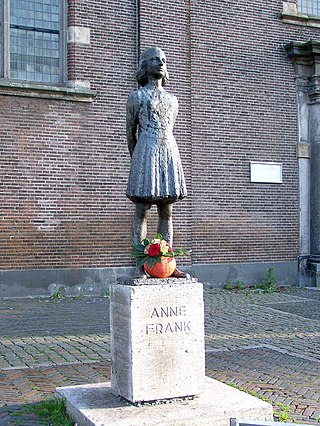
The statue of Anne Frank on the Janskerkhof in Utrecht is a statue of the German-Jewish girl Anne Frank who died at the age of fifteen during the Holocaust. Through her diary, Anne Frank has become the symbol of the victims of the Holocaust worldwide.
20. Kasteel Nijevelt
Nijeveld is a former medieval castle, and from 1536 knightly court town, which was probably built in the 13th century. This castle was built in the polder Veldhuizen, about 1.5 km west of the Meern bridge. The town of De Meern, in the center of which this bridge is now located, did not exist at that time. Nijeveld Castle was located on the relatively high ridge of a disappeared branch of the Rhine. Roman ships once sailed there, of which a intact example has been excavated in the immediate vicinity of Nijeveld. This ship can be viewed in the museum of the reconstructed Roman castellum on the Hoge Woerd in De Meern. The few remains of Nijeveld Castle are now located in the De Milan Visconti Park in the Meern neighborhood of Veldhuizen. Since January 1, 2001, the place of residence De Meern, and therefore Veldhuizen, is part of the municipality of Utrecht.
21. Utrecht Archives Expo
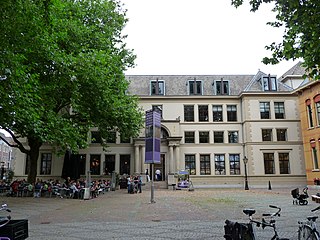
The Utrecht Archives is a records department in the Dutch city of Utrecht. The Utrecht Archives manages the biggest and richest collection of documents about the history of the city and the province of Utrecht and its towns and people. With over 200 km of archives, images and 70.000 publications, the Archive is the major source of information for the history of Utrecht. The Utrecht Archives also disposes knowledge about legal supervision of archives in the field of analog as well as digital archive management. Besides, the national centre for ecclesiastical records is located in the Utrecht Archives together with the records of the Dutch Railways. The Utrecht Archives institution works closely together with other partners such as (local) governments, private individuals, partner institutions and other museums in Utrecht.
22. Sint-Rafaëlkerk
The St. Raphael Church is a church building of the Roman Catholic Church in the Overvecht district of the Dutch city of Utrecht. The church is located on the corner of the Lichtenberchdreef with the Neckardreef and on the edge of the Park the Water Tower.
23. Werk aan de Hoofddijk
Fort Hoofddijk was built in 1877 – 1879 east of Utrecht as part of the New Dutch Waterline. As a result of the progress in artillery and explosives, the ring of forts that had been built around Utrecht in the 1920s had become outdated, and in the 1970s a new circle of forts was built around the city.
24. Watertoren Utrecht Amsterdamsestraatweg
The Amsterdamsestraatweg Water Tower is located in Utrecht, the Netherlands. The water tower was built at Amsterdamsestraatweg 380 in 1916, in the style of the Amsterdam School. It became derelict in 1986 and was repeatedly squatted before its redevelopment into apartments began in 2020.
25. Holy Trinity Church
The Holy Trinity Church is an Anglican parish church in the Utrecht district of Oudwijk on the Van Limburg Stirumplein near the Van Limburg Stirumstraat, dedicated to the Holy Trinity. The foundation stone was laid on November 9, 1911 by the Anglican bishop for Northern Europe Herbert Bury. A year later the first church service was held and finally the church was consecrated on June 2, 1913.
26. Feest der muzen
Feast of the Muses is a fountain in the Dutch city of Utrecht. It was made by the artist Joop Hekman and was unveiled on 2 October 1959 by the then mayor of Utrecht, De Ranitz, in the park in front of the Stadsschouwburg on the Lucasbolwerk.
27. Blijde Boodschapkerk
The Church of the Annunciation was a Roman Catholic parish church in the Overvecht district of Utrecht, the Netherlands. The church is dedicated to the Good News. In 2003 the church was withdrawn from worship after the merger into the St. Raphael parish for the whole of Overvecht. Since 2005, however, the church has been used again by Chinese Christians, with the name of the church also being retained.
28. Buurkerk
The Buurkerk is a former church building in Utrecht (city), Netherlands on the Buurkerkhof. The building is the location of the Museum Speelklok, and the entrance is on the Steenweg. It is one of the medieval parish churches of Utrecht, along with the Jacobikerk, the Nicolaïkerk and the Geertekerk.
29. De Groene Kop
Park De Groene Kop is a park on the north side of Tuindorp Oost, a neighborhood in the Noordoost district of Utrecht. The park is located between the Eykmanlaan, Winklerlaan, the allotment park de Driehoek and the Utrecht-Amersfoort railway line.
Share
How likely are you to recommend us?
Disclaimer Please be aware of your surroundings and do not enter private property. We are not liable for any damages that occur during the tours.
